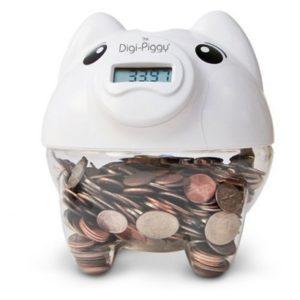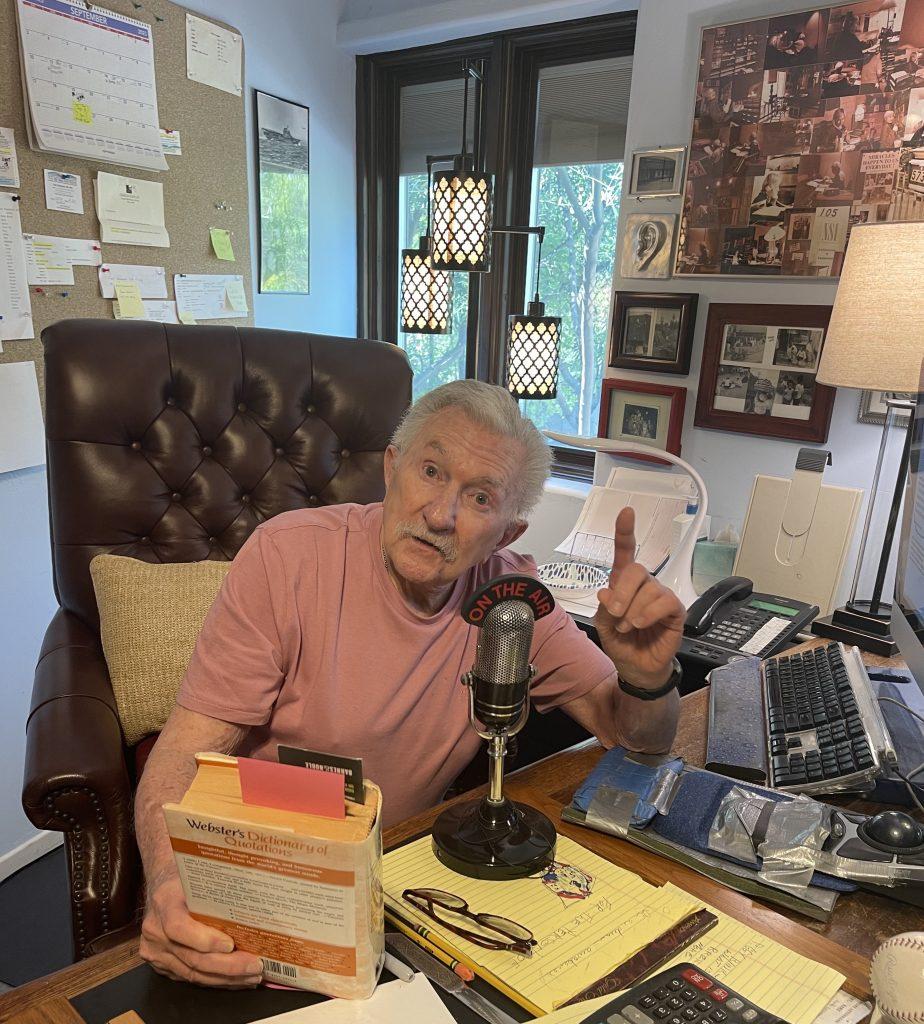Directive from da harv
This is for: the person of extreme, and or limited intellect who has everything (or so they may think), the person who has “stuff” they’ve acquired, or the person who doesn’t care to acquire “stuff” during all of our more than speedy life’s naturistic journey’s.
If there was such a thing as insurance, our neighborhood didn’t grow up having any; young families hadn’t even heard about such a thing. What we all grew up with was known as assurance. Immigrants all had that wondrous ability of knowing and taking care of one another. Especially us kids. Our particular grandeur was the variety of foods the tenement inhabitants had in common. Variety was the essential ingredient for the life we inhabited from our proud parents. They came here and had many children. Almost every family I grew up with waved their American flags. They celebrated with marvelous block parties when entire neighborhoods from all over town danced and welcomed our heroes home from WWII.
But there was much more to talk about. Saving pennies in a tin can was a common testimony to the God-respecting alliance shared by the New York immigrants. A family’s country of origin would be the determining factor for what they named their family’s savings “can” (bank).
Without exception, the small amounts of money placed in those cans went to some form of neighborhood charity. Growing up in what was definitely a poor neighborhood never justified sleeping in the street. Nor did being poor qualify or add justification for shoplifting at a neighbor’s candy store or market.
“The origin of piggy banks dates back nearly 600 years. Whenever folks could save an extra coin or two, they dropped it into one of their clay jars — a pygg pot.”

FROM BIRTH UP AND UNTIL NOW:
Do you have, have you ever had, been given, or purchased one or more of these in your lifetime?

A pig with a broken back can’t be trusted with money.

Too much makeup — still a pig.

Before inflation: a clueless pig.
A pig without a clue can’t even buy a gallon of gas; soon to become bacon.

The Modern Pig
These are pigs not to be eaten
Nor to be beaten
Don’t shovel food in them
Never honey, just money
Paper or coin
May be held within
By youngsters and old sirs
Maidens and men
Fill them to the top
Then begin again
Never buy an electric pig
You won’t find a station
To plug them in
In days of old
When knights were bold
And piggy banks were not yet invented
Older politicians’ blood ran cold
They couldn’t steal from the public
There was no piggy bank yet invented
Then alas and alack
A Hebrew man
Who was not allowed to eat anything that oinked
Opened the very first toy company
And the world’s first piggy bank was invented
But lo and behold
All the children of the land lamented
There were no lids to be found
To keep the money safe and secure
In their piggy’s tummies bottoms
They had to be cemented
And would you ever think that then, as is the case now, many city dwellers had no homes or apartments. It was over two thousand years ago when beggars with outstretched arms were first heard calling out, “pennies for the poor”. Just as now, all the world felt the despair. But feeling and having the gumption to do something about the world’s ailment had not yet appeared on our world’s drawing boards.
—–
If you’ll please permit me, what follows is a short dissertation with as much graciousness as my God-given pomposity allows: The year was 1905 when twenty-three immigrants boarded a ship at the port in Rotterdam, Holland. Their destination was listed on the ship’s Manifest of Alien Passengers For The U. S. Immigration Officer At Port Of Arrival (New York).

Four of these passengers were from Russia, relatives of yours truly, the not-yet-conceived Harvey Kalmenson. They were my grandparents, Max and Ethel Kalmenson, my father’s older brother, Ben (four years old), and my two-year-old father, Charles Kalmenson. Max and Ethel had escaped the tyrannical upheaval of the Russian czar. Ben and Charles became part of a family consisting of nine children. And all without reservation prospered as American educated citizens. All were legal entrants into what Grandma Ethel always called “the United States of America”.
And for your information, the requirements for entry into the U.S.A. were strictly adhered to. Here’s what was printed as part of the ship’s Manifest:
Required by the regulations of the secretary of Commerce and labor of the United States, under act of congress approved March 3, 1903, to be delivered to the U. S. Immigration Officer by the commanding officer of any vessel having such passengers on board upon arrival at a port in the United States.

In 1942, during the month of November, I became nine years old. I’m guessing about exact dates but I’m not guessing about what I was up to during that part of my life. Without fear, during whatever downtime I had from school, or if I wasn’t involved with playing some form of street game, there I would be, Harvey Kalmenson, the renowned world traveler. Of course, my world was mostly limited to the five boroughs of New York. In my mind though, I was gathering knowledge for my latest weekly imaginary radio show. If I happened to be visiting the Brooklyn Museum of Natural History, that’s how I described my intro:
“Good afternoon ladies and gentlemen, boys and girls, no matter how old or young you happen to be, this is your genuine neighbor and friend coming into your home today from the beautiful Brooklyn Museum of Natural History”.

By the time my dad came home from work, I was ready for our regular ritual of introducing my radio show, starring me. In retrospect, me introducing me was the beginning of da harv’s “The Kalmenson Method”.
So, “Dad, from up, down, and all around town—Let me paint my picture of what was experienced by me. The one and only, Harveeeeey”. My dad loved that one!!!

Harvey Kalmenson
Source: The Financial Brand (The Piggy Bank Origin Story), Google Images, Yahoo Images